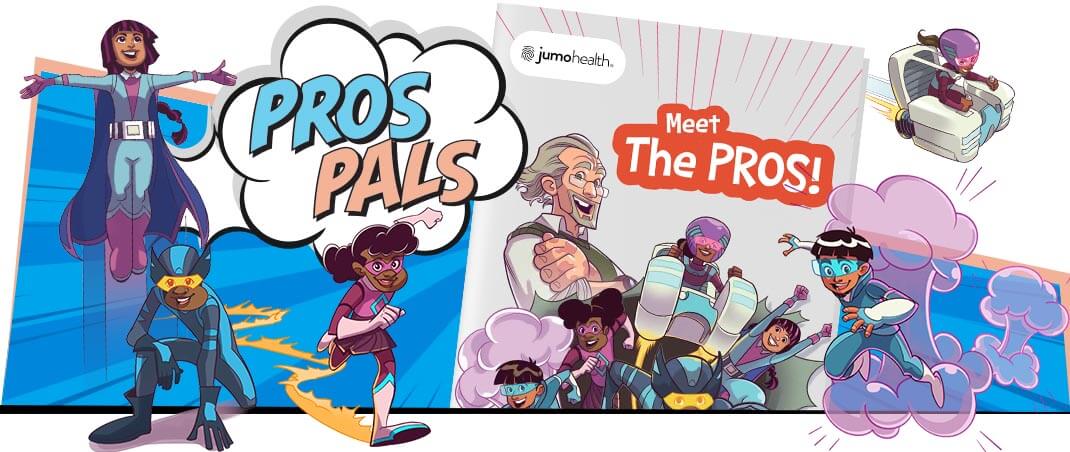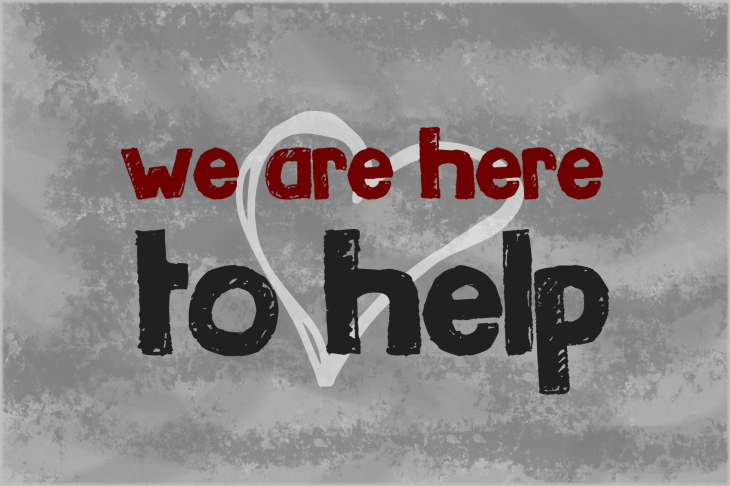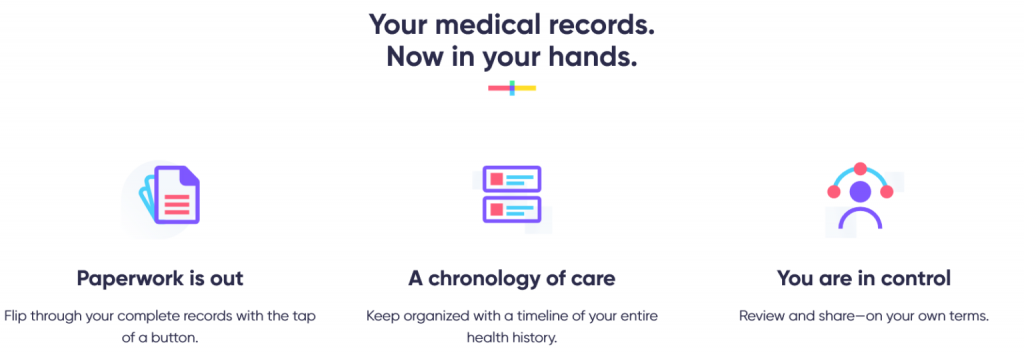WELCOME TO THE GOPI3KS WEBSITE
We are a U.K registered charity (1176289) for those living with and affected by Segmental overgrowth in the PIK3CA gene, known as PROS: (PIK3CA Related Overgrowth Spectrum).
So What is PROS (PIK3CA Related Overgrowth Spectrum?)
PIK3CA related overgrowth spectrum (PROS) is an umbrella term for rare syndromes characterised by malformations and tissue overgrowth caused by somatic mutations in PIK3CA gene[1][2][3].
Within the PROS condition malformations are seen in several different tissues such as skin, vasculature, bones, fat and brain tissue depending on the specific disease.
Some patients may fit in to one or more of the following categories, but there will also be those people who don’t & therefore carry with them a diagnosis of just PROS.
What are the subcategories found within PROS?
For more detailed information please see:
Hemihyperplasia multiple lipomatosis (HHML)
Macrodactyly
Fibroadipose overgrowth (FA0)
Muscle hemihypertrophy
Facial Infilitrating lipomatosis
Congenital lipomatous overgrowth, vascular malformations, epidermal naevi and skeletal abnormalities (CLOVES)
Megalencephaly-capillary malformation (MCAP)
Klippel-Trenaunay Syndrome (KTS)
Diffuse capillary malformation with overgrowth (DCMO)
CLAPO Syndrome
Skin disorders:
- Epidermal Nevi
- Seborrheic keratoses
- keratose
- Benign lichenoid keratoses
We know that when you first receive a diagnosis it can leave you with a mixture of emotions & thoughts.
Some of these can be positive, however, it can also leave you with many more questions than answers.
Sometimes it is easier to watch a video than read through lots of medical research papers that can be very confusing.
Here is a Video from NORD / RARE EDU / Osmosis.org explaining what PROS is: WHAT IS PROS

Articles explaining PROS
We understand that many PROS patients will also see other doctors who have very little knowledge of PROS.
This website created by Novartis gives a great breakdown of what PROS is and will hopefully help others understand a little more:
I know there maybe some of you that would like to read in more detail about PROS. So here are a few articles that give more detailed explanations:
EXPLAINING PROS TO CHILDREN.
We understand how difficult it can be to explain PROS to a child living with this condition but also siblings, school friends & children in general.
The following may be of help:

- For more resources please see our page: Childrens’ Resources

Financial Assistance
Our team at GoPI3Ks understand that living with a rare overgrowth condition can & does lead to extra financial costs.
Our aim is to offer financial grants to those who have been diagnosed with PROS, this has included, but not limited to:
Funding mobility equipment, such as electric wheelchairs.
Funding specialised footwear & clothing.
Help with medical costs.
Funding family weekend expenses (accommodation & travel*)
For anyone who would like to apply for a grant, please fill out our application form here: GOPI3KS APPLICATION FORM


ALL STRIPES HAVE RECENTLY BEEN BOUGHT BY PICNIC HEALTH
I know many of you signed up to the All Stripes program some time ago. All Stripes was a platform that made it easy for rare disease patients and caregivers to contribute to treatment research from home. All Stripes partnered with ourselves at GoPI3Ks to create a database that enabled new PIK3CA-related overgrowth spectrum (PROS) research projects. Their ask was for patients/families willing to contribute their de-identified medical records to make this effort as strong as possible.
In November 2023 All Stripes was bought by PICNIC Health: Picnic Health who’s vision is to see your entire health history—at a glance and to contribute to medical research—anonymously and securely. PicnicHealth partners with some of the world’s leading researchers to develop breakthroughs in medicine.
PicnicHealth collects, digitizes, and encrypts all your medical records—then arranges everything in one intuitive timeline. No need to worry about a note from your doctor or the results from a lab. It’s all there for easy reference, right when you need it.
Below is the newsletter from December 2023
GoPI3Ks Newsletter December 2023
Below is the newsletter from December 2022
GoPI3Ks Newsletter December 2022
Below is the newsletter from December 2021
GoPI3Ks Newsletter December 2021
Below is the newsletter from December 2020
GoPI3Ks Newsletter December 2020
Below is the newsletter from December 2019
GoPI3Ks newsletter December 2019
Below is the newsletter from December 2018
GoPI3Ks Newsletter December 2018
Below is the newsletter from December 2017
Gopi3ks newsletter December 2017
Below is the newsletter from December 2016:
GoPI3Ks Newsletter December 2016
Below is the newsletter from January 2016:
GoPI3Ks Newsletter January 2016
